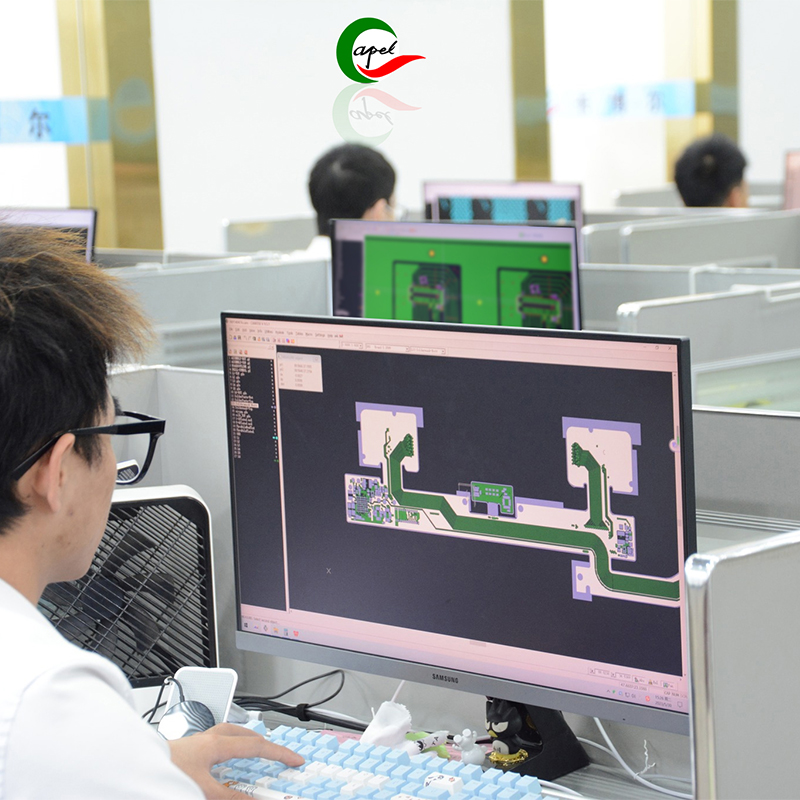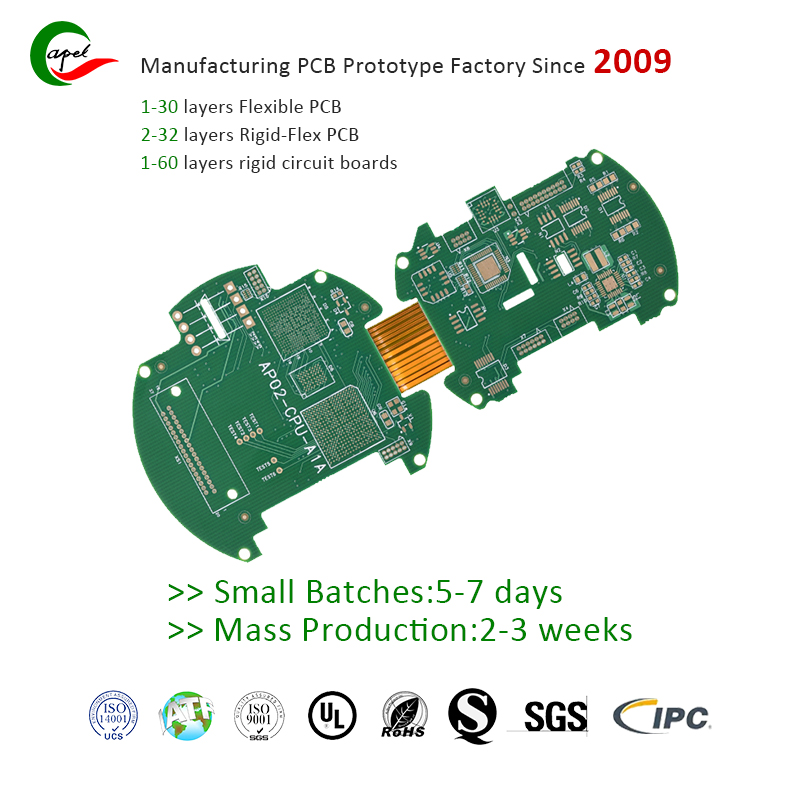Introduction:
In this blog post, we will delve into the world of PCB design software and explore its advantages for designing rigid-flex PCBs. Possibilities provided. Let us reveal the potential of standard PCB design software and its role in creating innovative, efficient rigid-flex PCB designs.
In today’s technological environment, the demand for advanced, flexible electronic devices is growing rapidly. To meet this demand, engineers and designers continue to push the boundaries of printed circuit board (PCB) technology. Rigid-flex PCBs have emerged as a powerful solution that combines the advantages of rigid and flexible circuits to provide versatility and robustness to electronic products. However, the question often arises: “Can I use standard PCB design software for rigid-flex PCB design?”
1. Understand the rigid-flex board:
Before we delve into the world of PCB design software, let’s first fully understand what rigid-flex PCB is and its unique characteristics. Rigid-flex PCB is a hybrid circuit board that combines flexible and rigid substrates to create complex and compact electronic designs. These PCBs offer many benefits, such as reduced weight, increased reliability, improved signal integrity, and enhanced design flexibility.
Designing a rigid-flex PCB requires integrating rigid and flexible circuits into a single circuit board layout. The flexible portions of PCBs enable efficient three-dimensional (3D) electrical interconnections, which can be challenging to achieve using traditional rigid boards. Therefore, the design process requires special attention to bends, folds and flexure areas to ensure the final product meets performance requirements while maintaining mechanical integrity.
2. The role of standard PCB design software:
Standard PCB design software is often developed to meet the needs of designing traditional rigid circuit boards. However, as the demand for rigid-flex PCBs grows, software providers have begun integrating features and capabilities to meet the unique requirements of these advanced designs.
While specialized software exists for rigid-flex PCB design, depending on the complexity and specific design constraints, utilizing standard PCB design software for rigid-flex design may be a viable option. These software tools provide a range of capabilities that can be effectively used in certain aspects of the rigid-flex PCB design process.
A. Schematic and component placement:
Standard PCB design software provides powerful schematic capture and component placement capabilities. This aspect of the design process remains similar in rigid and rigid-flex PCB designs. Engineers can leverage these capabilities to create logic circuits and ensure correct component placement regardless of board flexibility.
B. Circuit board appearance design and constraint management:
Designing a rigid-flex PCB requires careful consideration of the board’s contours, bend areas, and material limitations. Many standard PCB design software packages provide tools for defining board outlines and managing constraints.
C. Signal and power integrity analysis:
Signal integrity and power integrity are key factors to consider in the design of any PCB, including rigid-flex PCBs. Standard design software often includes tools for analyzing these aspects, including impedance control, length matching, and differential pairs. These features play a vital role in ensuring seamless signal flow and power transfer in rigid-flex PCB designs.
D. Electrical Rule Check (ERC) and Design Rule Check (DRC):
Standard PCB design software provides ERC and DRC functionality that enables designers to detect and correct electrical and design violations in designs. These features can be used to ensure consistency and reliability in rigid-flex PCB designs.
3. Restrictions and precautions:
While standard PCB design software can facilitate many aspects of rigid-flex PCB design, it is important to understand its limitations and consider alternative tools or work with specialized software when necessary. Here are some key limitations to remember:
A.Lack of flexibility in modeling and simulation:
Standard PCB design software may lack in-depth modeling and simulation capabilities for flexible circuits. Therefore, designers may find it challenging to accurately predict the behavior of the flexible portion of a rigid-flex PCB. This limitation can be overcome by working with simulation tools or leveraging specialized software.
B.Complex layer stacking and material selection:
Rigid-flex PCBs often require complex layer stack-ups and a variety of flexible materials to meet their specific design requirements. Standard PCB design software may not provide extensive controls or libraries for such stackup and material options. In this case, it becomes crucial to consult an expert or use software designed specifically for rigid-flex PCBs.
C.Bending Radius and Mechanical Constraints:
Designing rigid-flex PCBs requires careful consideration of bend radii, flex areas, and mechanical constraints. Standard PCB design software enables basic constraint management, while specialized software provides advanced functionality and simulation for rigid-flex designs.
Conclusion:
Standard PCB design software can indeed be used for rigid-flex PCB design to a certain extent. However, the complexity and specific requirements of rigid-flex PCBs may require collaboration with specialized software or expert advice. It is critical for designers to carefully evaluate the limitations and considerations associated with using standard software and explore alternative tools or resources when needed. By combining the versatility of standard PCB design software with professional solutions, engineers can start designing innovative and efficient rigid-flex PCBs that push electronic devices to new heights of flexibility and performance.
Post time: Sep-18-2023
Back








